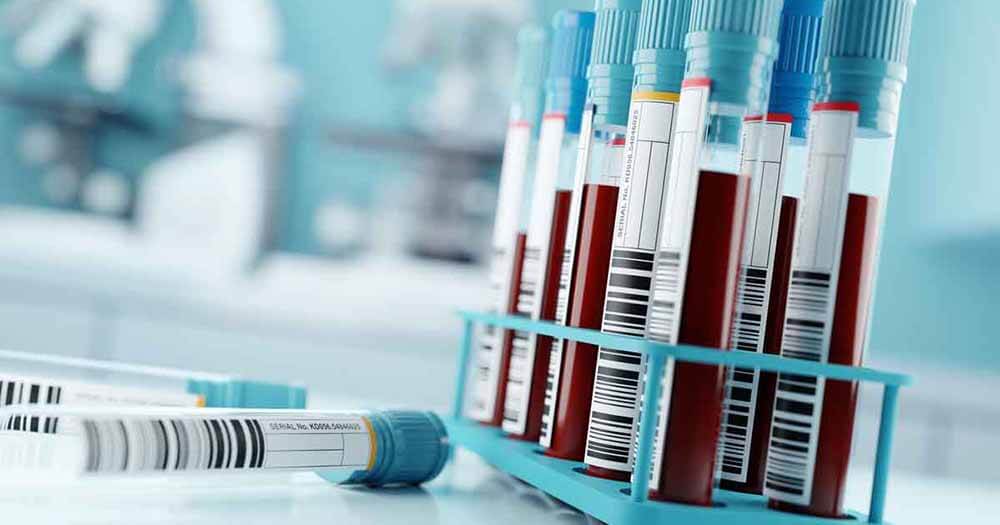The report of the 2016 National Diabetes Inpatient Audit (NaDIA) was published on 8 March 2017. NaDIA measures the quality of diabetes care provided to people with diabetes while they are admitted to hospital, whatever the cause, and aims to support quality improvement. Data are collected from participating hospitals in England and Wales over a 1-week period and are submitted by hospital staff. The collection period last year was 26–30 September. The audit is part of the National Diabetes Audit portfolio within the National Clinical Audit Programme, commissioned by the Healthcare Quality Improvement Partnership.
The audit asks:
- Did diabetes management minimise the risk of avoidable complications?
- Did harm result from the inpatient stay?
- Was patient experience of the hospital stay favourable?
- Has the quality of care and patient feedback changed since the audits in 2010, 2011, 2012, 2013 and 2015?
Specifically, the audit looks at twelve areas:
- Participation and prevalence of diabetes in hospital inpatients.
- Staffing levels.
- Care improvement initiatives.
- Whether inpatients are seen by the diabetes team.
- Blood glucose monitoring.
- Use of insulin infusions.
- Medication errors.
- Hypoglycaemic episodes.
- Inpatient-onset hyperglycaemic emergencies.
- Inpatient-onset diabetic foot lesions.
- Foot disease management.
- Patient experience.
Outcomes
It is difficult to discuss all twelve areas in a short editorial, so I have chosen just a few to look at in more detail – medication errors, hypoglycaemia and inpatient-onset hyperglycaemic emergencies – as all of these are preventable with appropriate care. However, the audit also demonstrates the increasing national prevalence of diabetes, which we are all aware of. People with diabetes occupied 17% of acute hospital beds, an increase since the previous audit. One in 15 (7%) of the total population have diabetes. In a few hospital sites, over one third of inpatients had diabetes. Unfortunately, despite this increasing prevalence, there has been no observable change in staffing hours per inpatient since 2015, and more than a quarter of hospital sites have no diabetes inpatient specialist nurses (28%). Since 2015, there has been a small increase in the proportion of hospital sites providing 7-day diabetes inpatient specialist nurse cover (from 6% to 8%).
Medication errors
Key findings
- Almost two out of five inpatients with diabetes had a medication error on their chart during their hospital stay (38%).
- Whilst the proportion of patients with prescription errors has decreased since 2011, the rate of medication management errors has increased over the same period.
- Inpatients with diabetes were more likely to have prescription and medication management errors if treated on a surgical ward and were less likely to have prescription errors if an Electronic Patient Record or Electronic Prescribing system was used.
Recommendations
- Care providers should learn from the NHS Trusts and Local Health Boards that have most effectively utilised Electronic Prescribing and implemented other new technologies and systems that help reduce errors.
- Diabetes teams are advised to:
– Continue to educate and support junior doctors and nursing staff, while also developing and testing new systems to reduce prescribing and medication management errors. Junior doctors and nursing staff should be made aware that hyperglycaemia should not be left untreated, especially in people with type 1 diabetes.
– Work with surgical colleagues to ensure diabetes safety levels are at least equivalent to those on medical units.
Hypoglycaemic episodes
Key findings
- The prevalence of hypoglycaemic episodes has decreased since 2011 (from 26% to 20%), though one in five inpatients with diabetes still had a hypo during their hospital stay.
- Over one quarter of inpatients with type 1 diabetes (27%) had a severe hypoglycaemic episode during their hospital stay.
- The greatest proportion of severe hypoglycaemic episodes (30%) took place between 5.00 am and 8.59 am, which is suggestive of nocturnal hypoglycaemia.
- Inpatients who self-tested their glucose were more likely to report severe hypoglycaemic episodes than those who did not self-test (15% vs 8%).
Recommendations
- Care providers should benchmark their outcomes against the national reduction in hypoglycaemia.
- Healthcare professionals should take measures to prevent nocturnal hypoglycaemia, including the introduction of bedtime snacks.
Diabetic ketoacidosis (DKA) and hyperosmolar hyperglycaemic state (HHS)
Key findings
Since 2011, there has been no significant change in the rates of hospital-acquired DKA and HHS, two serious inpatient diabetes harms:
- Around one in 25 inpatients with type 1 diabetes developed DKA during their hospital stay (4.4%).
- Around one in 500 inpatients with type 2 diabetes developed HHS during their hospital stay (0.2%).
Recommendations
- Diabetes teams are recommended to record all hospital-acquired DKA and HHS as Serious Incidents and undertake a Root Cause Analysis.
Summary
I think the results from the 2016 NaDIA are interesting, and I recommend that readers have a look at the full report on the NHS Digital site. As a person with type 1 diabetes myself, I am not reassured that diabetes care in the hospital setting is improving. My few but significant hospital admissions left me wanting to get out as soon as was safely possible. Worryingly, errors in diabetes prescriptions are still occurring in 38% of inpatients, which is possibly related to the amount of hypoglycaemic and emergency hyperglycaemic events that were also observed.
The results of this audit confirm that more people with diabetes are occupying hospital beds; however, numbers of staff with specialist diabetes skills have not increased to meet the demand. This fact is also mirrored in the community setting. How can we hope to improve these results if there are not enough diabetes specialists available within the hospital setting and when, equally, these are the same people who should be available to educate the generalists providing day-to-day care? Have you come up with any solutions in your area?
About NaDIA
The National Diabetes Inpatient Audit, England and Wales, 2016 was published on 8 March 2017.
Readers can access the full report at: http://content.digital.nhs.uk/catalogue/PUB23539




Study provides new clues to why this condition is more aggressive in young children.
14 Nov 2025